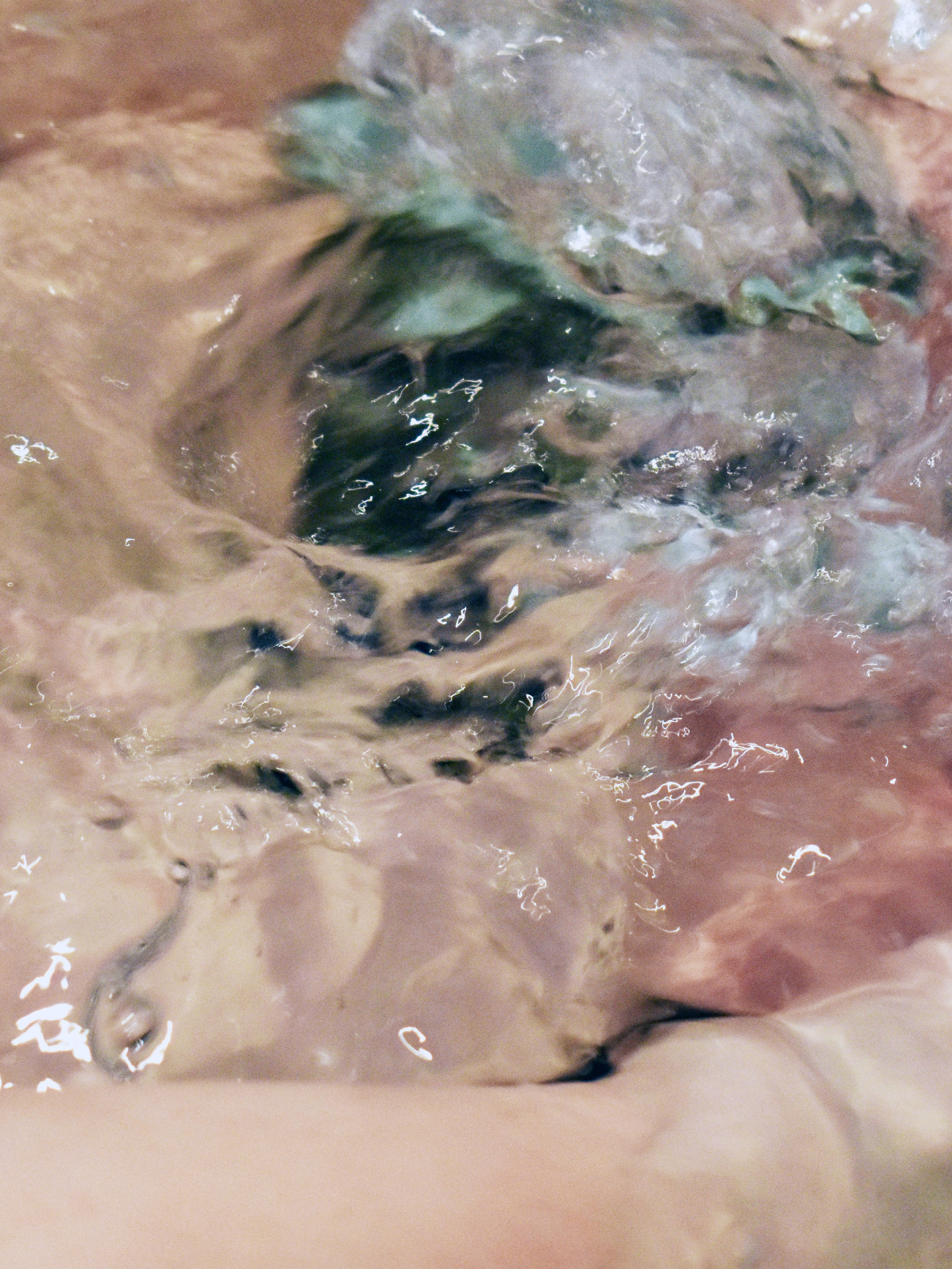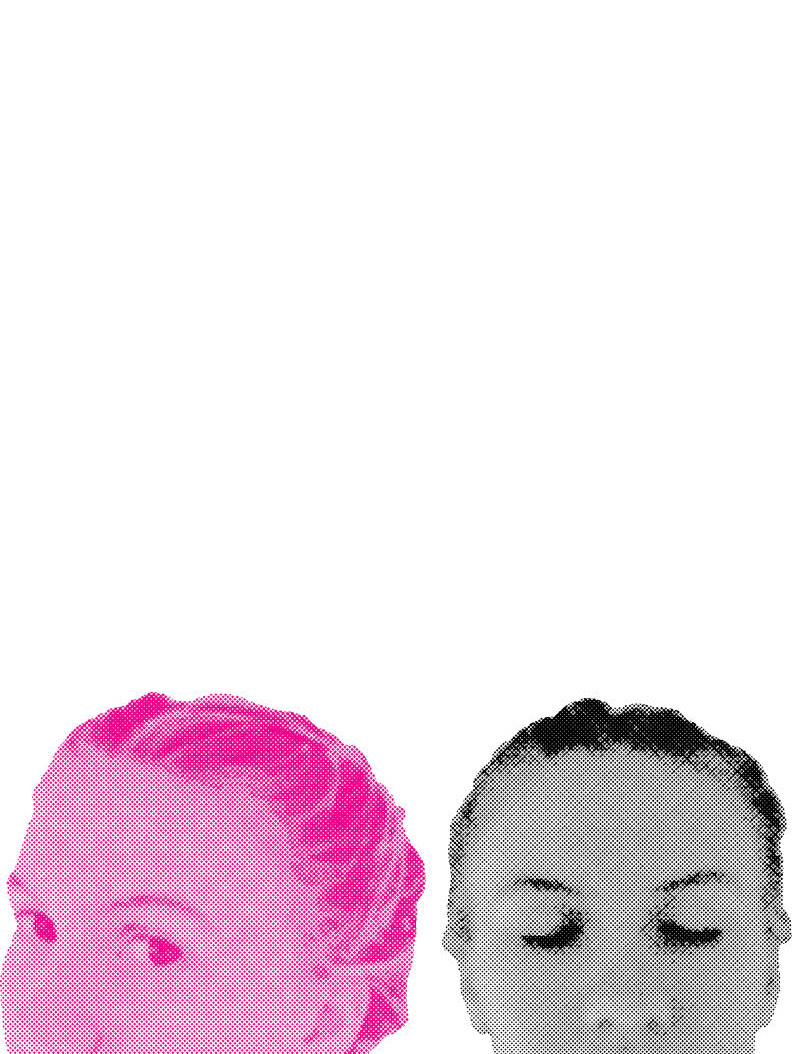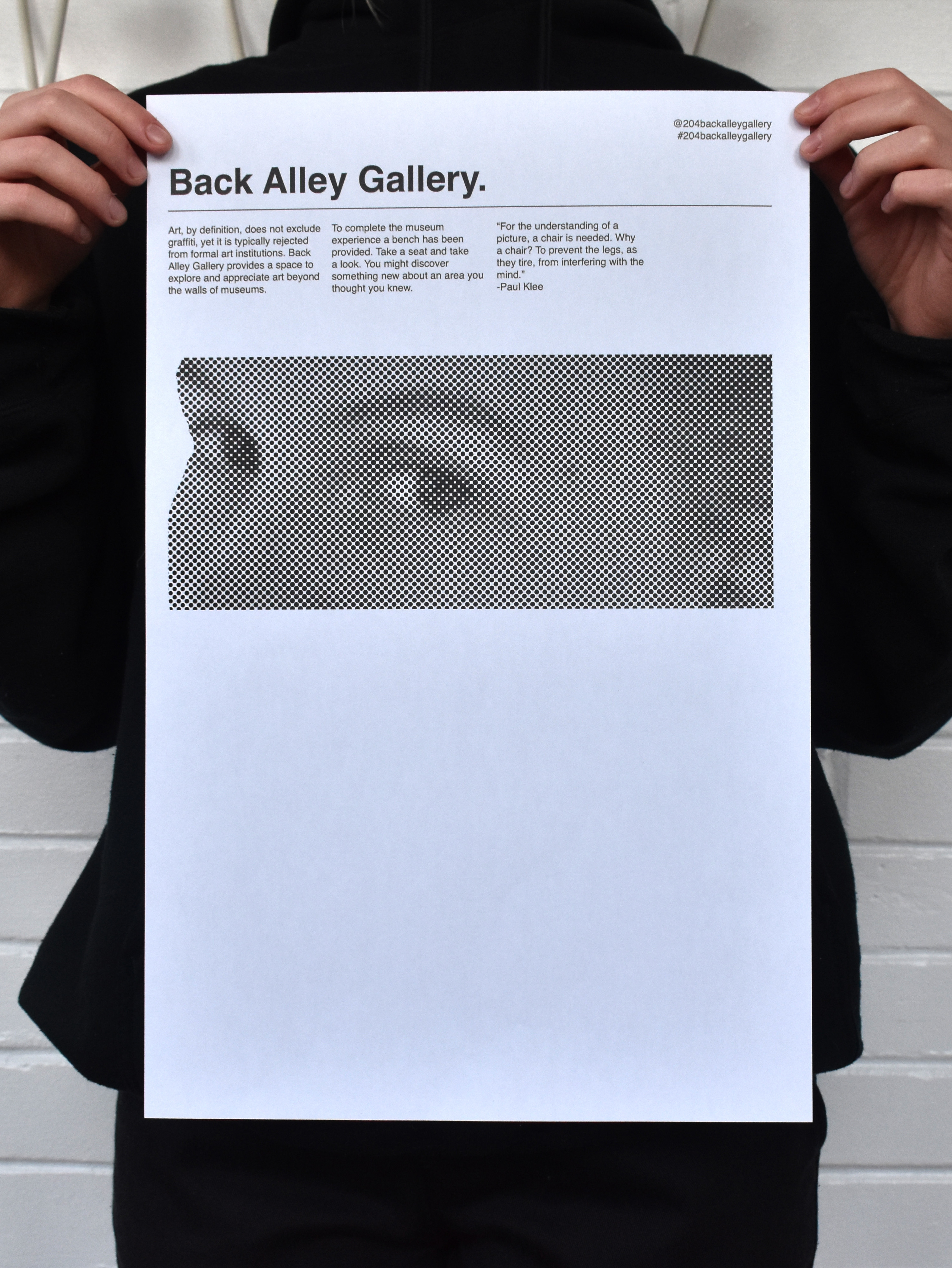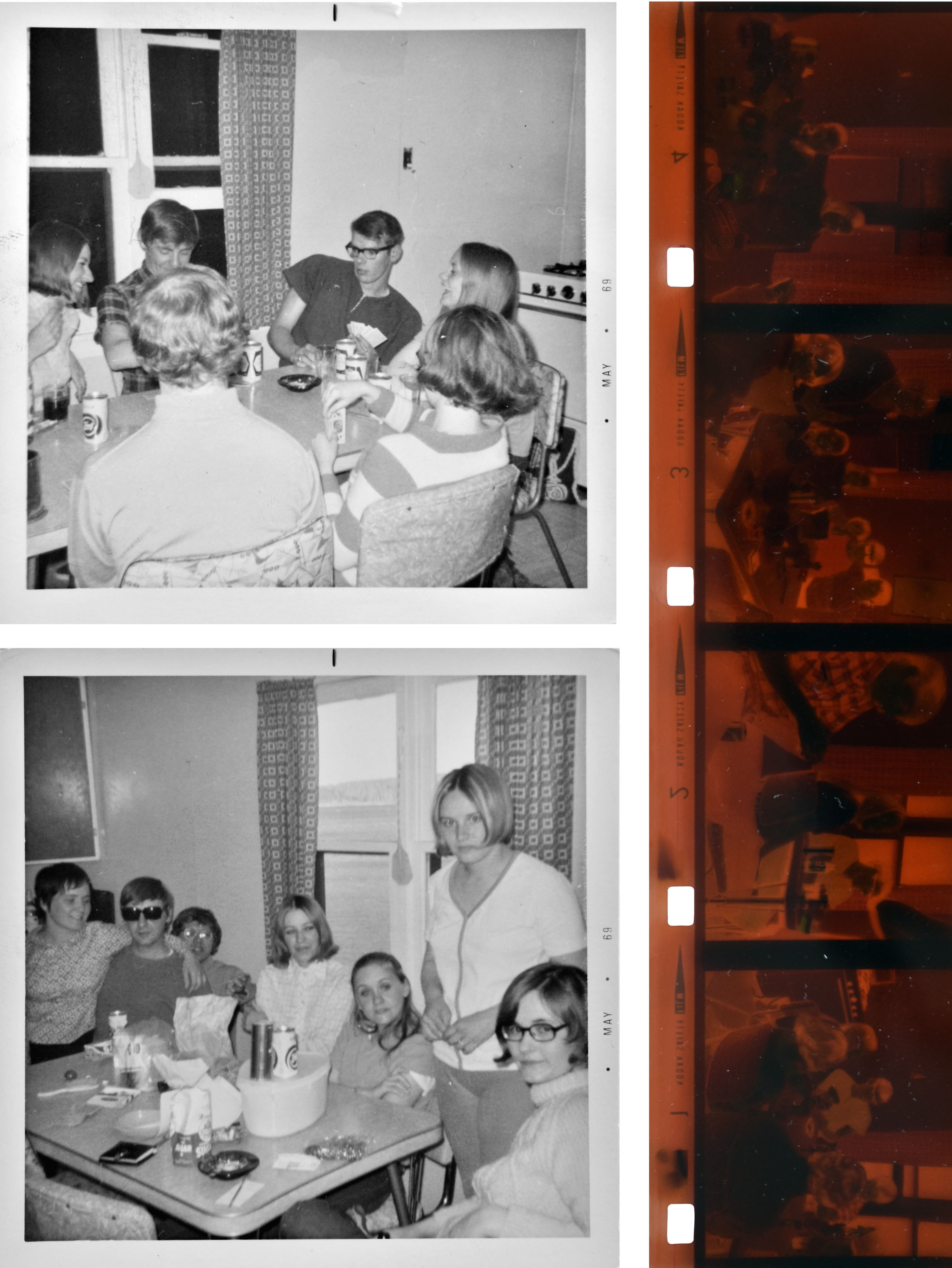DEVICE / TOOLING
Project duration: 20 09 16 - 20 10 09
Inquiry: How do we observe, measure, document and understand our environment? How do the methods of our observation/contemplation affect the results? What then , drives or defines the methods of our observation? What are the tools, devices and methods that define and construct the way we see and understand the environment? How can a tool or device offer alternative ways of seeing and understanding , enacting renewed engagements? Can we question /re- tool them? Can we question and re -establish a relevancy between the outcome and the measured/documented? Can we imagine tools not aligned with prescribed functions or purposes? Can a device open our understandings rather than close them? Can a device invite the environment draw or reveal its presence?
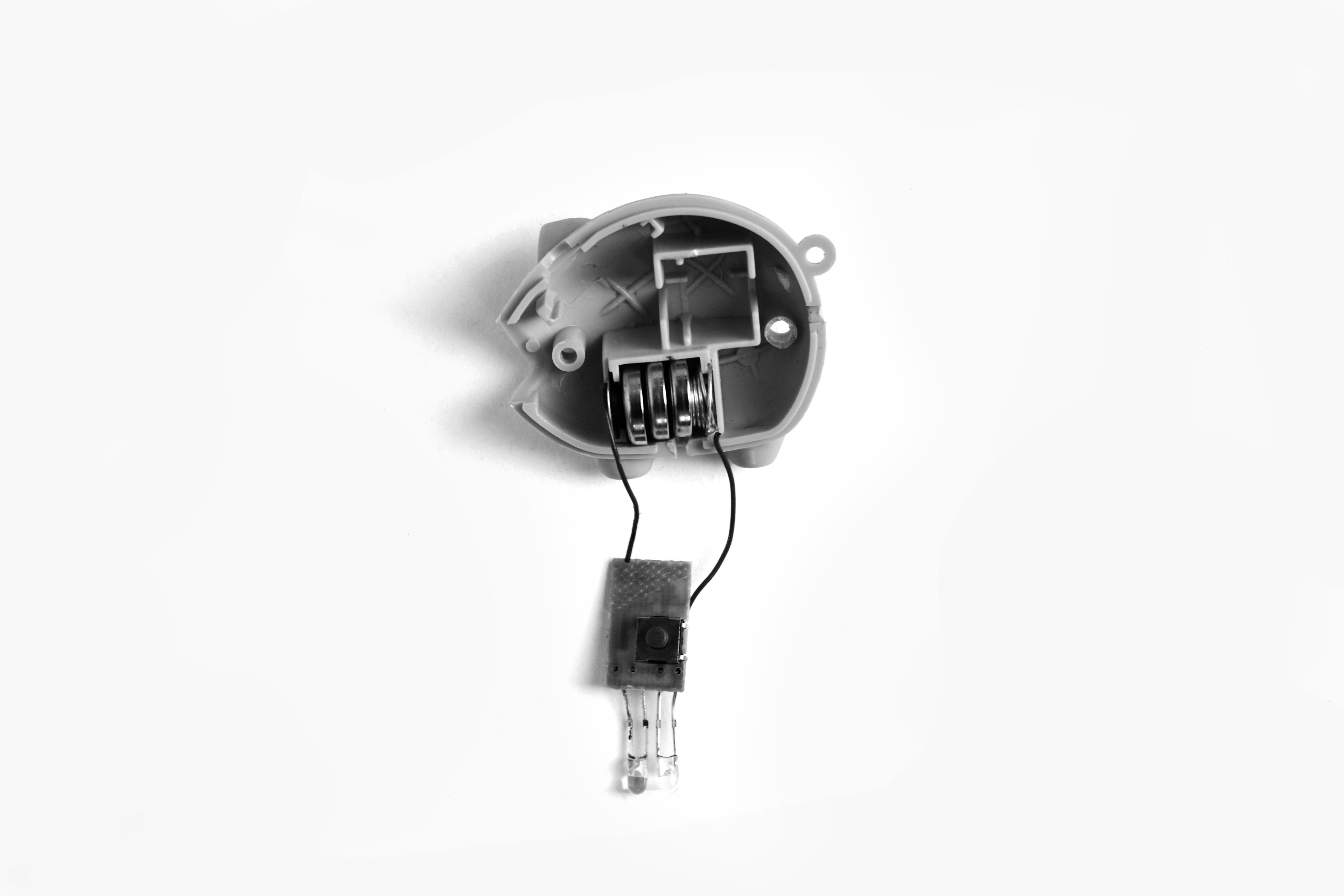
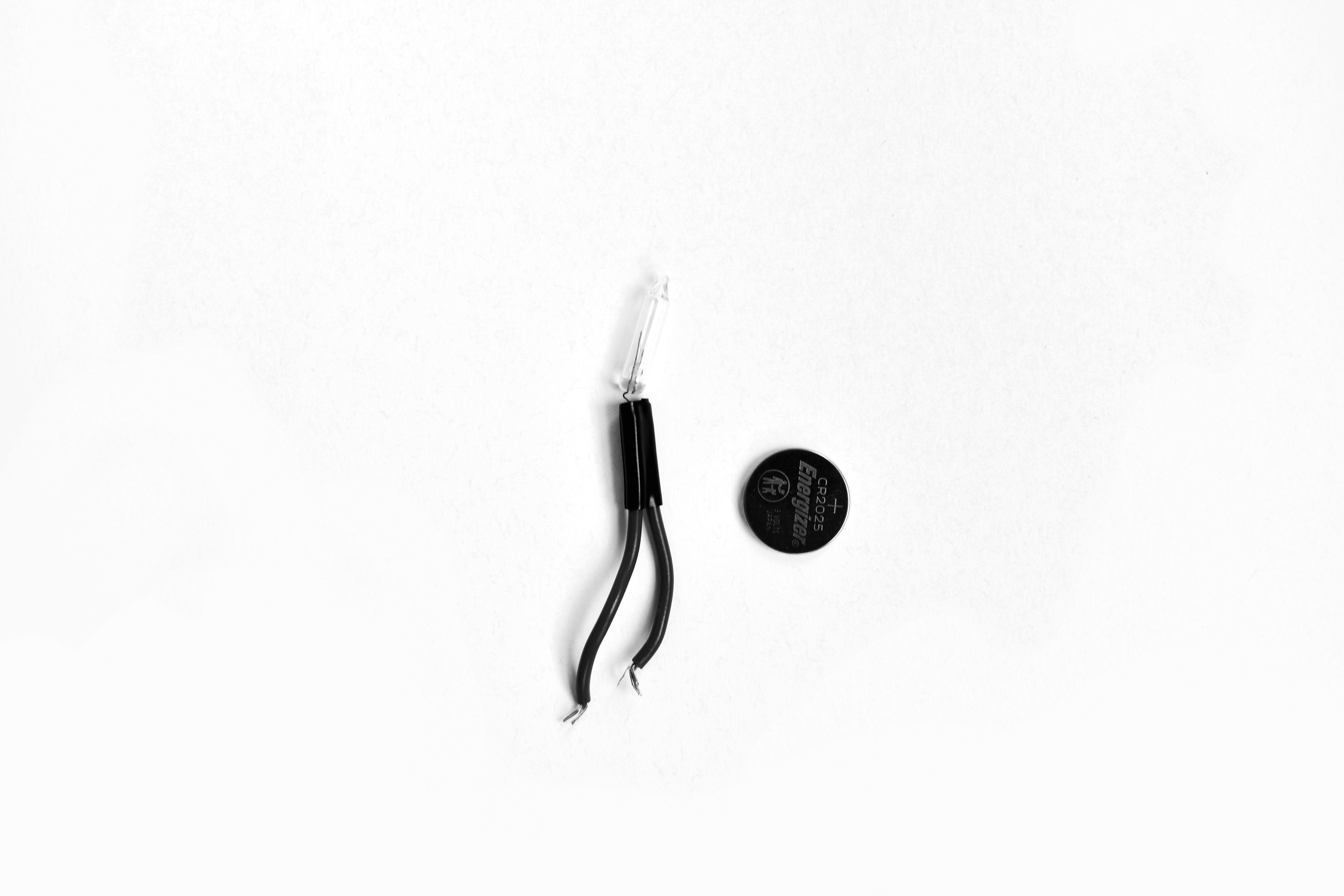

SEEING FEELING
We are highly visual beings. Our vision often distracts us from other sensory feedback. By interrupting the visual experience, can sight be used to better understand the senses it usually dominates?
Electrical circuits were explored as a means of visualizing touch with the use of light. It was discovered that a simple battery, bulb, and wire was all that was necessary to create a low voltage circuit.
A glove with a “button” on the index finger (battery and exposed wire) and a light mounted in front of the eye was created. When pressure was applied to the button, the light was activated.

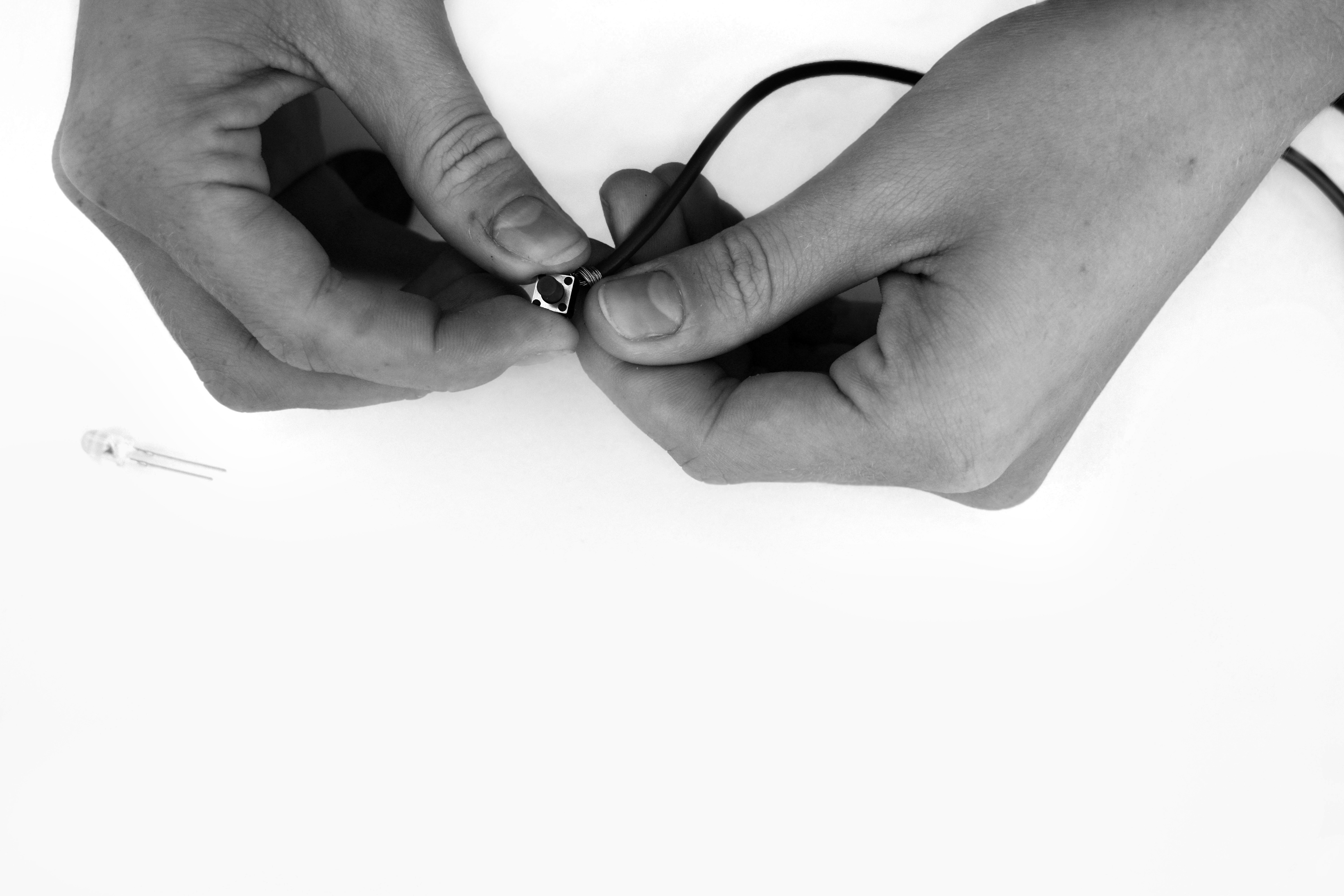


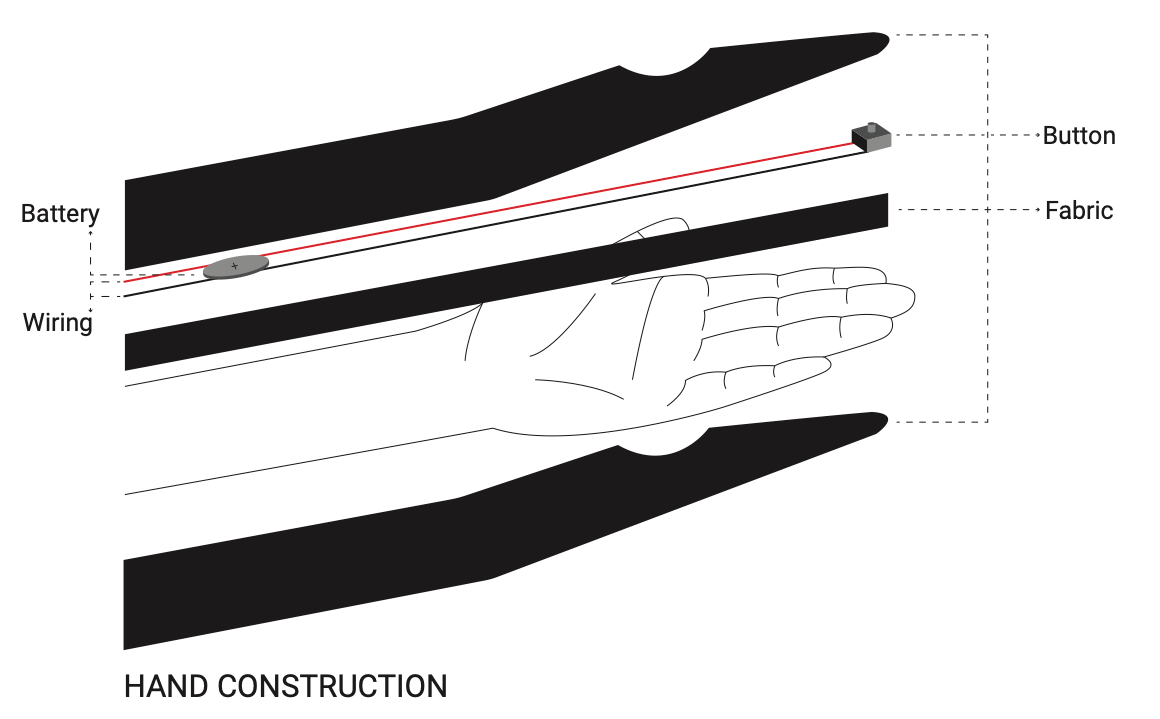
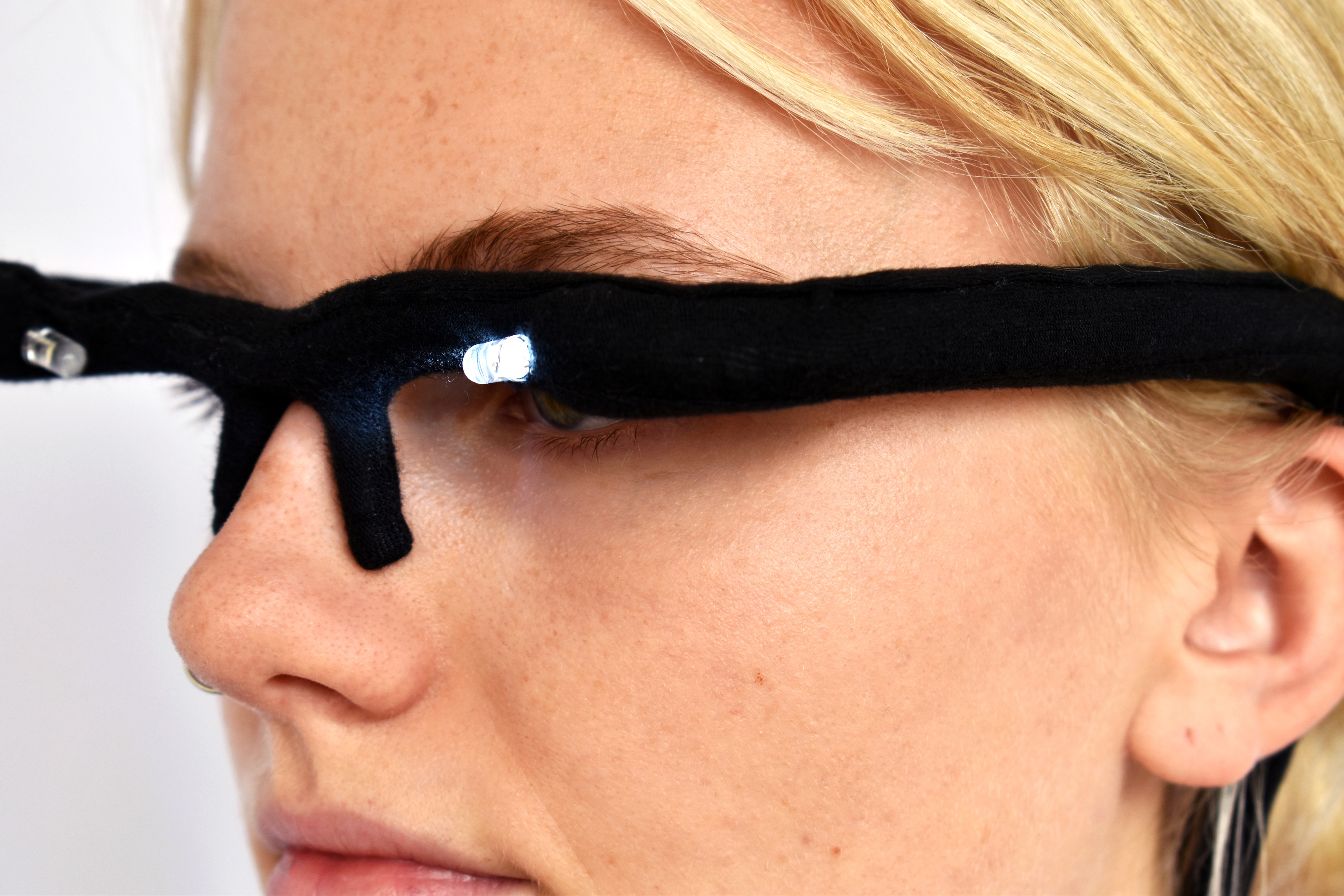
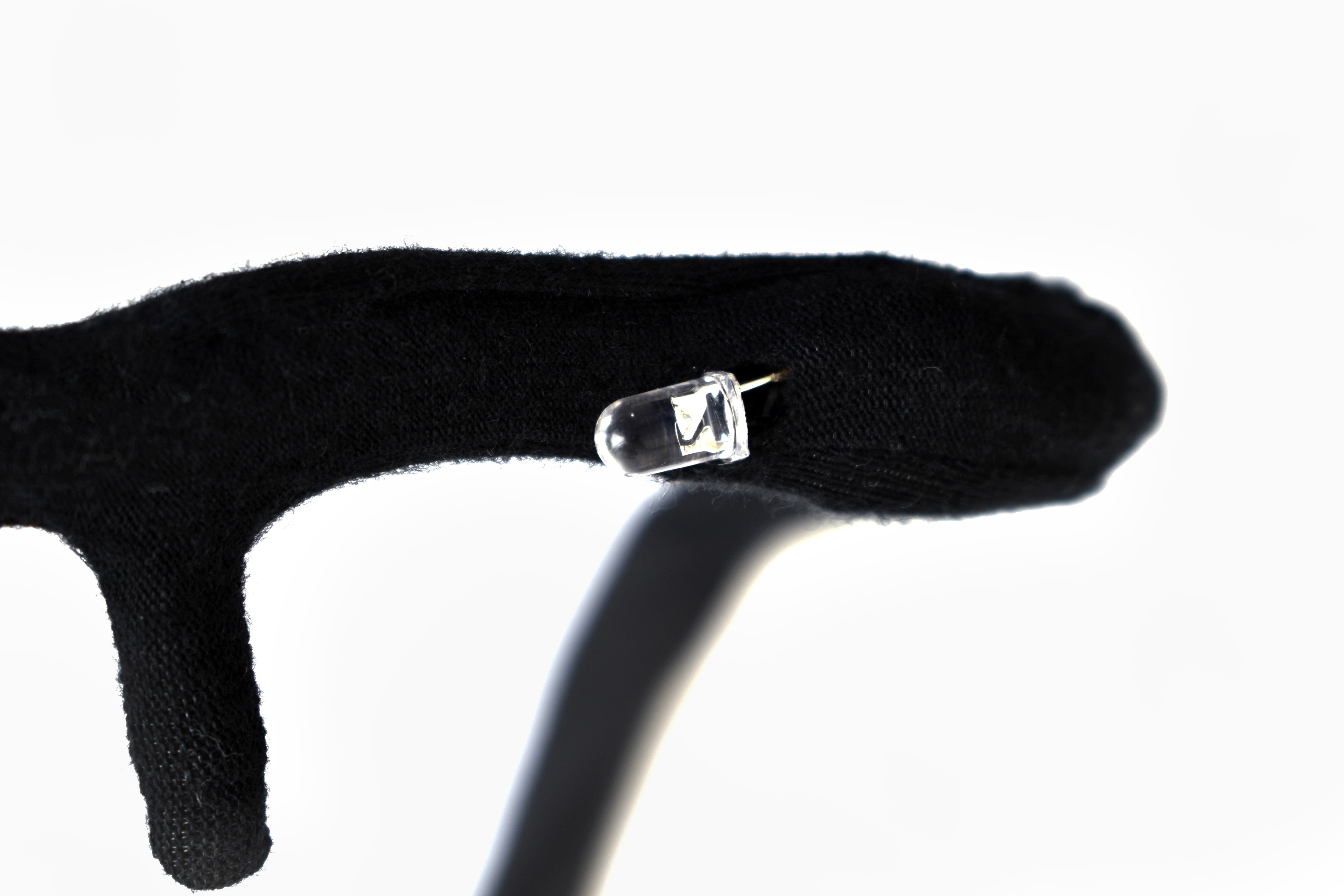
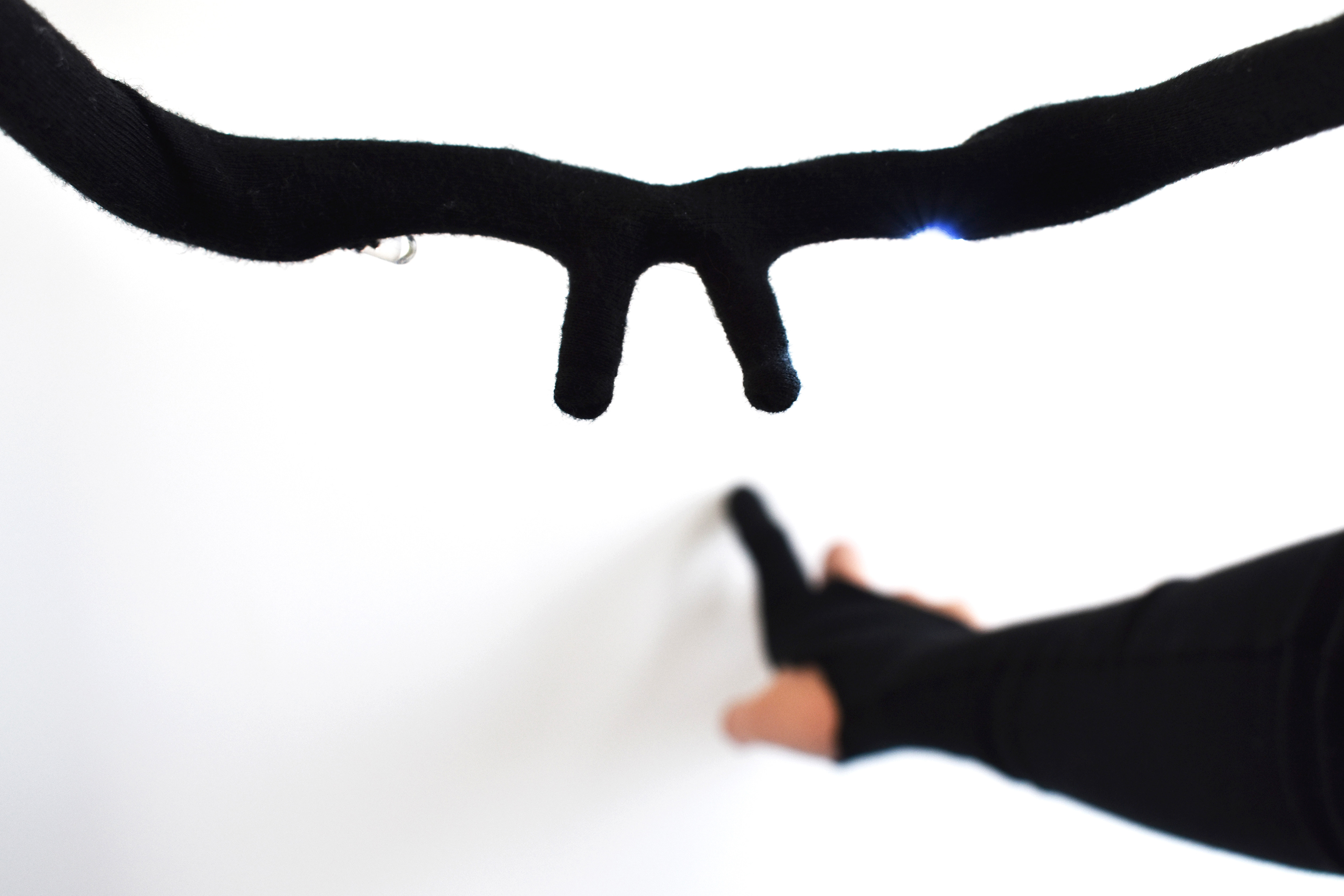
The interruption of the typical visual experience draws attention to how often, and what one touches. The user’s vision is drawn to things that it otherwise would not be, allowing for the exploration of things often touched but ignored.
What do the keys of your keyboard feel and look like? How about the chair you pull out from under your desk every morning? This tool reminds the user to explore each and every object they touch, to understand its form and function, to find beauty in the everyday things.
